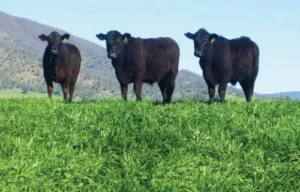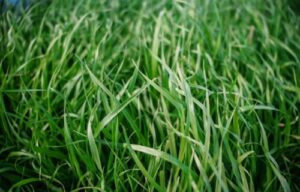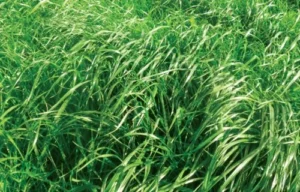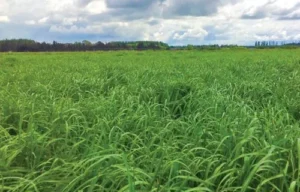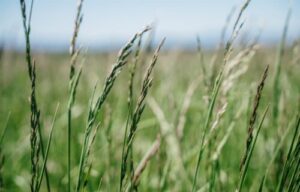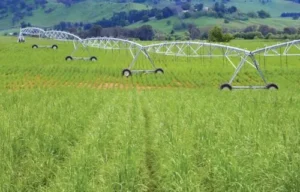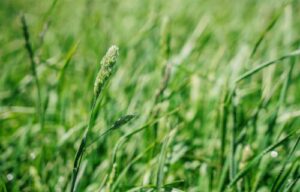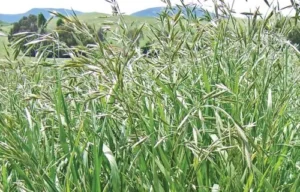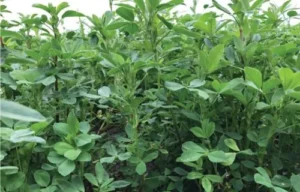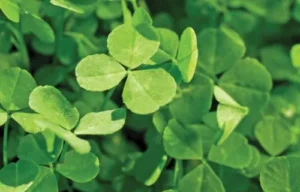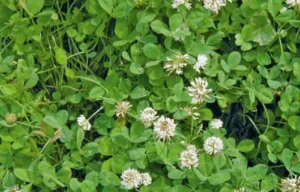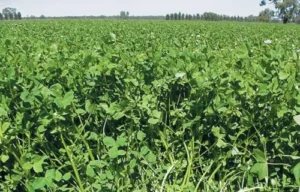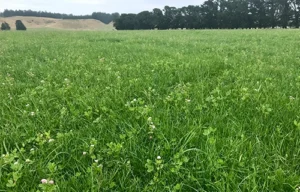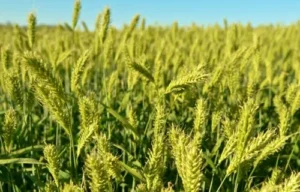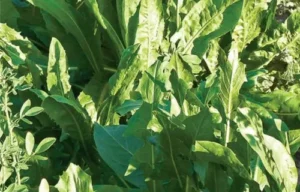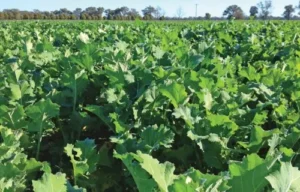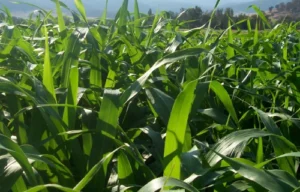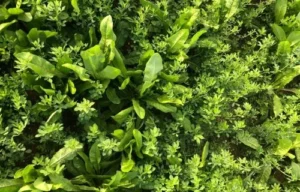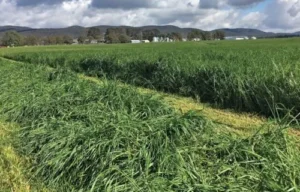Grazier
Phalaris
Grazier is a truly persistent and productive perennial grass that can really handle stock grazing pressure once established. It is Australian-type phalaris bred for improved leaf quality and yield.


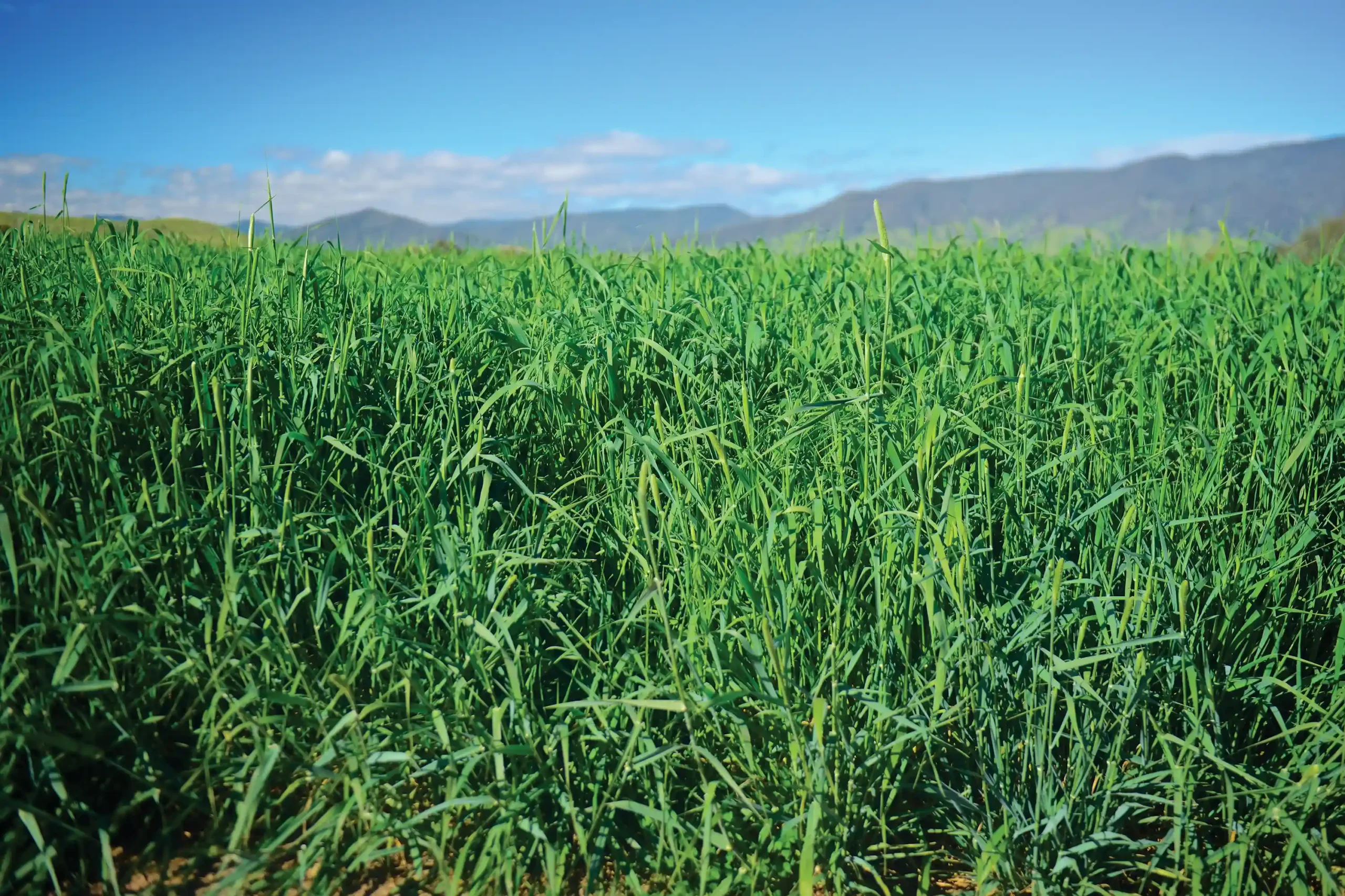
Scientific Name

Phalaris aquatica
Sowing Rate

4 – 6 kg/ha
Blend Rate

1 – 3 kg/ha
Activity

Semi-winter
Grazier is a semi winter-active variety which provides year-round feed but with typically abundant spring growth.
Seed Size

650,000 seeds per kg
Source: Pasture varieties used in NSW 2006-2007, Bev Zurbo, 2006
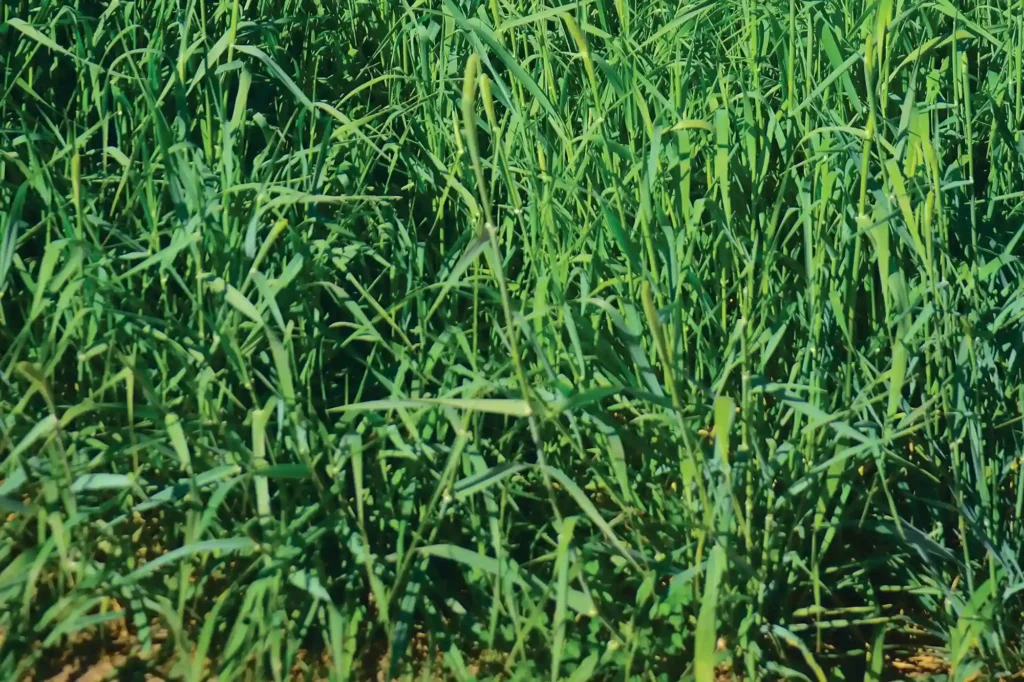
Key Features
Improves ground cover due to its low, wide, dense crown and prostrate, spreading growth habit
Once established, Grazier’s deep and extensive root system improves its ability to handle periods of drought
For optimum results, apply strategic grazing management to phalaris
Plant Characteristics
Tussock forming grass which can recruit new seedlings
- Semi-erect
Where can I grow it?
Tolerates a wide range of conditions and climates
Very persistent
Highly adaptable to most temperate zones
Frequently Asked Questions
Soil Type
Grazier is adapted to a wide range of soils from shallow, moderately acidic soils to deep self-mulching alkaline clays.
Fertility
Good base rates of phosphorus are necessary for maximum DM production especially during establishment phase. DM production is directly related to nitrogen availability. Consult your UMS agronomist or fertiliser advisor for nitrogen application rates. Phalaris responds well to products such as gibberillic acid to increase winter production.
Sowing
Due to being a fine seed, phalaris should be sown at 4-6 kg/ha alone or 1-3kg/ha when combined with another grass. Sow into a weed-free seedbed no deeper than 1cm. Rolling the seedbed after sowing will aid establishment. To minimise competition to seedlings as they establish avoid sowing in combination with vigorous grass species such as ryegrass.
Phalaris is also suitable for broadcast sowing (aerial or spread) but to improve seed-soil contact and germination, roll the paddock after sowing. It is advisable to treat seed with ant insecticide to reduce seed theft if rolling broadcast seed is not possible (eg steep hill conditions). Phalaris is best sown in autumn as the optimum temperature for seedling establishment is 15˚-20˚C. In districts with good levels of summer moisture, early spring sowings are also possible.
Disease and Pest Management
During emergence it is essential to monitor regularly for damage from insects such as RLEM and lucerne flea, and spray as required. Inspect during early stand life for populations of black-headed cockchafer and slugs. Contact your UMS agronomist for spray application rates.
Weed Control
Phalaris is a slow establishing species so early weed control is crucial to long term viability of the stand. Always use knockdown herbicide to ensure you are sowing into a clean seedbed. Monitor for post-emergent weeds and spray as required. Use options such as spray-grazing for broadleaf weeds once the stand is established.
Grazing
For optimum results, apply strategic grazing management to phalaris. Once established Grazier can be crash-grazed to a height of 10cm to encourage tillering and control weeds. It should be allowed to set seed prior to further intense grazing or cutting. By allowing the phalaris to flower, the plant can develop the buds and underground tubers which build carbohydrate supplies and improve long-term persistence. Once the Grazier stand has become dormant over summer, the dry residues should be lightly grazed to provide room for annual legumes to re-establish next autumn.
Feed Quality
Phalaris is generally underrated for production. Grazier phalaris will provide nutritious feed throughout autumn, winter and spring. Maintain pasture quality by regular grazing and by sowing in combination with annual or perennial clovers.
Animal Health
Any mature phalaris stand can potentially cause poisoning therefore livestock management is critical. Avoid grazing short, vigorously growing fresh pick (ie after a summer storm) or phalaris seed heads.
To optimise livestock weight gain and health, ensure livestock are vaccinated and drenched. To prevent nutritional problems make gradual diet changes when introducing hungry stock to lush pastures.

